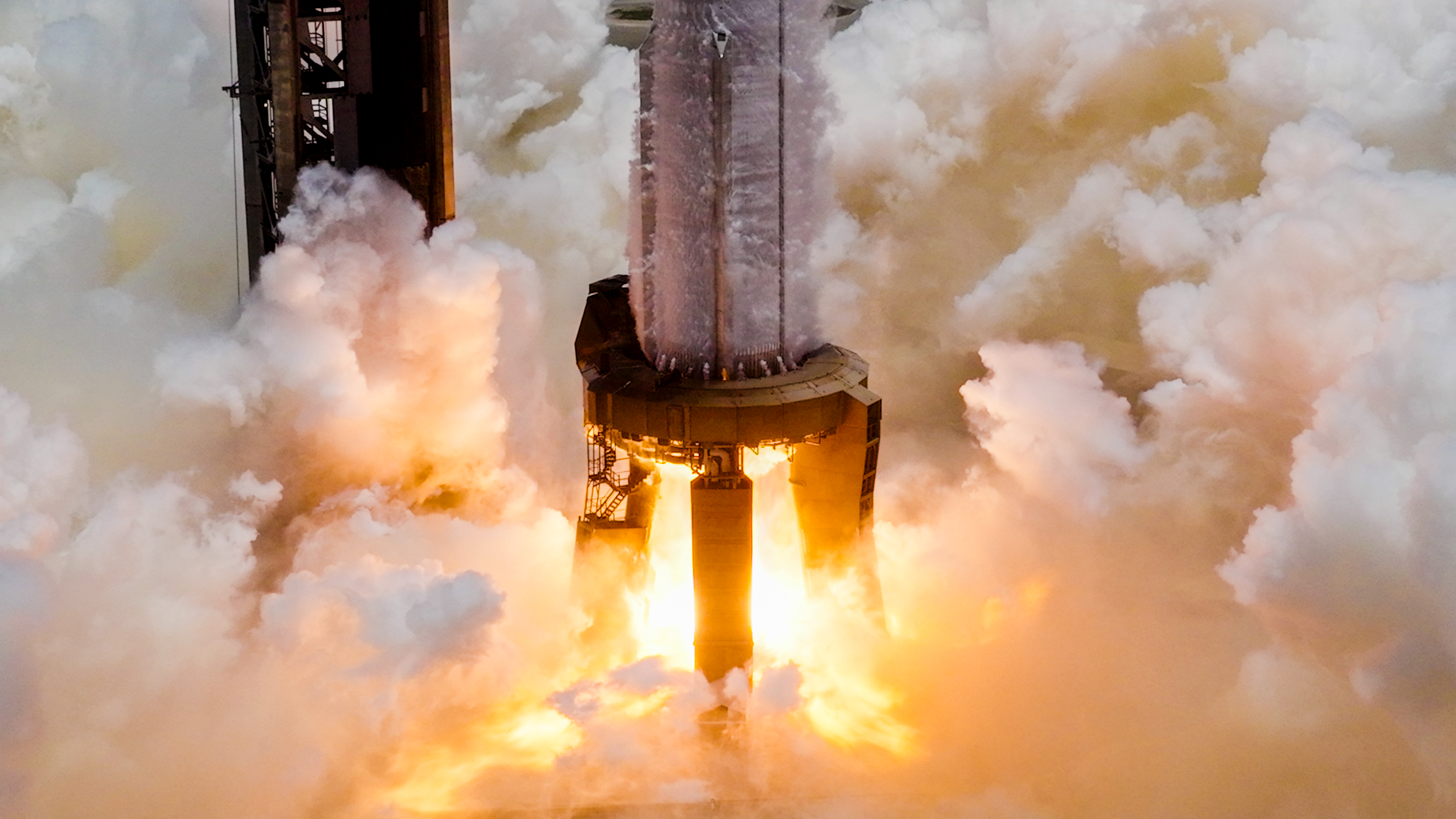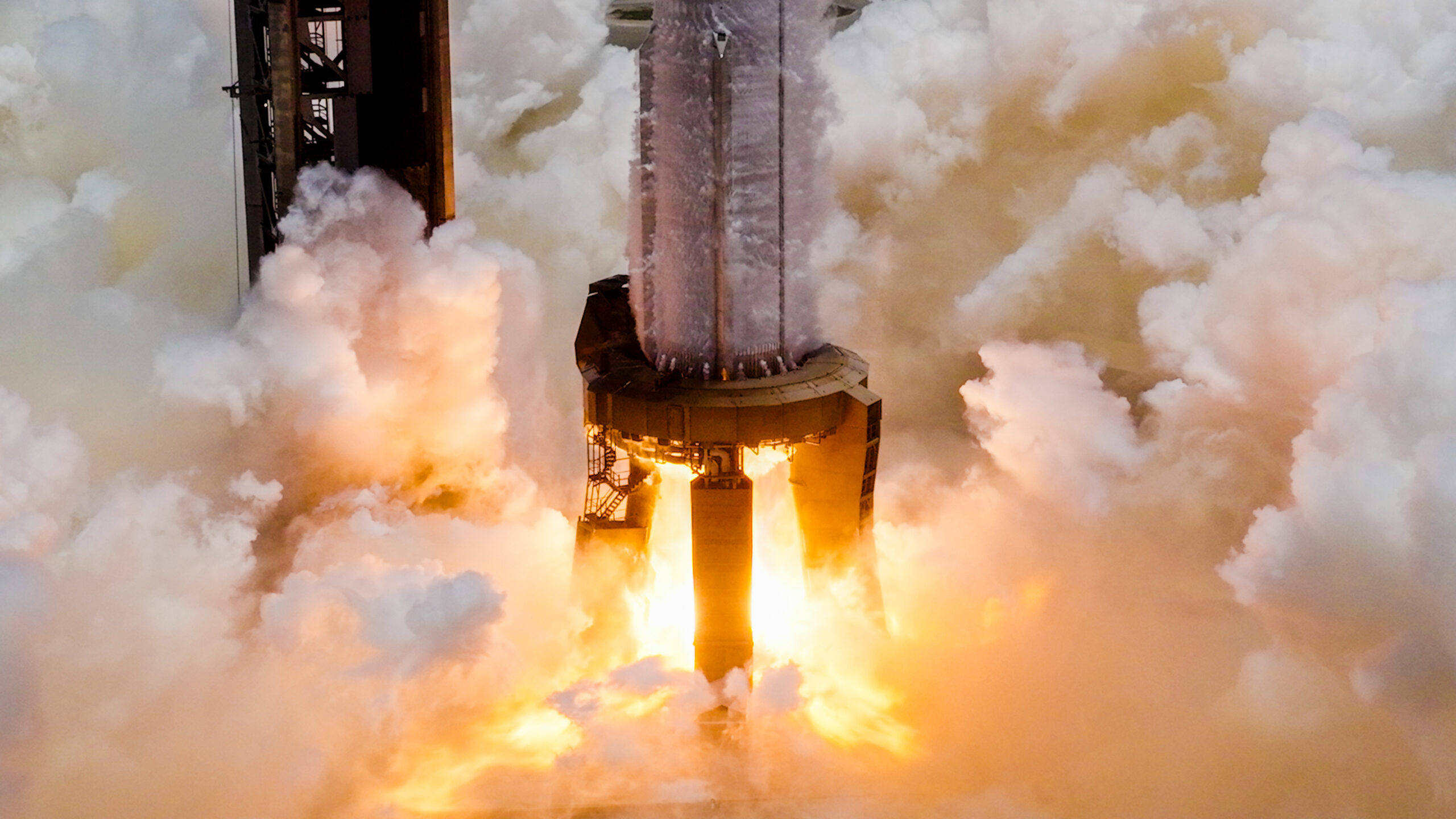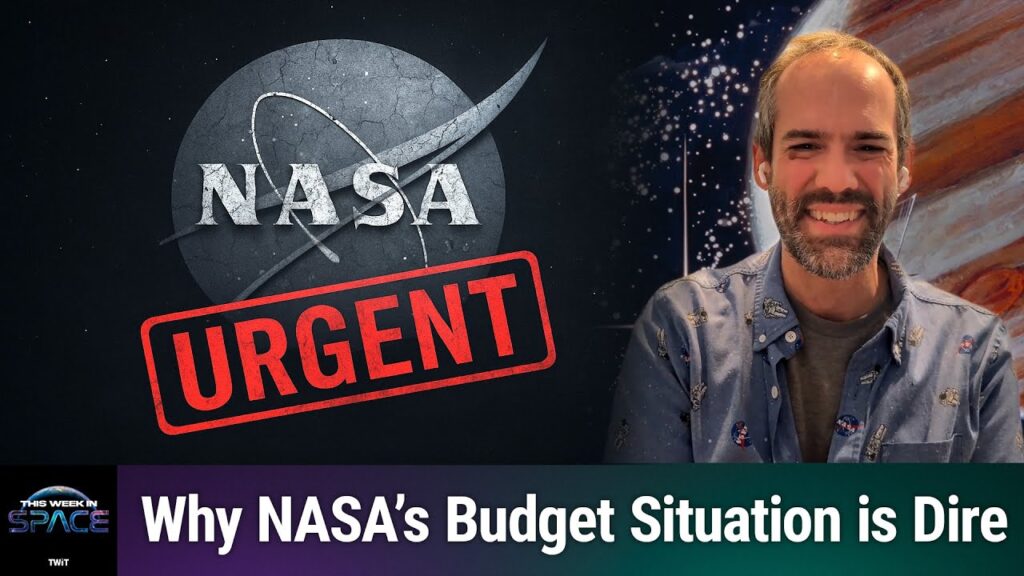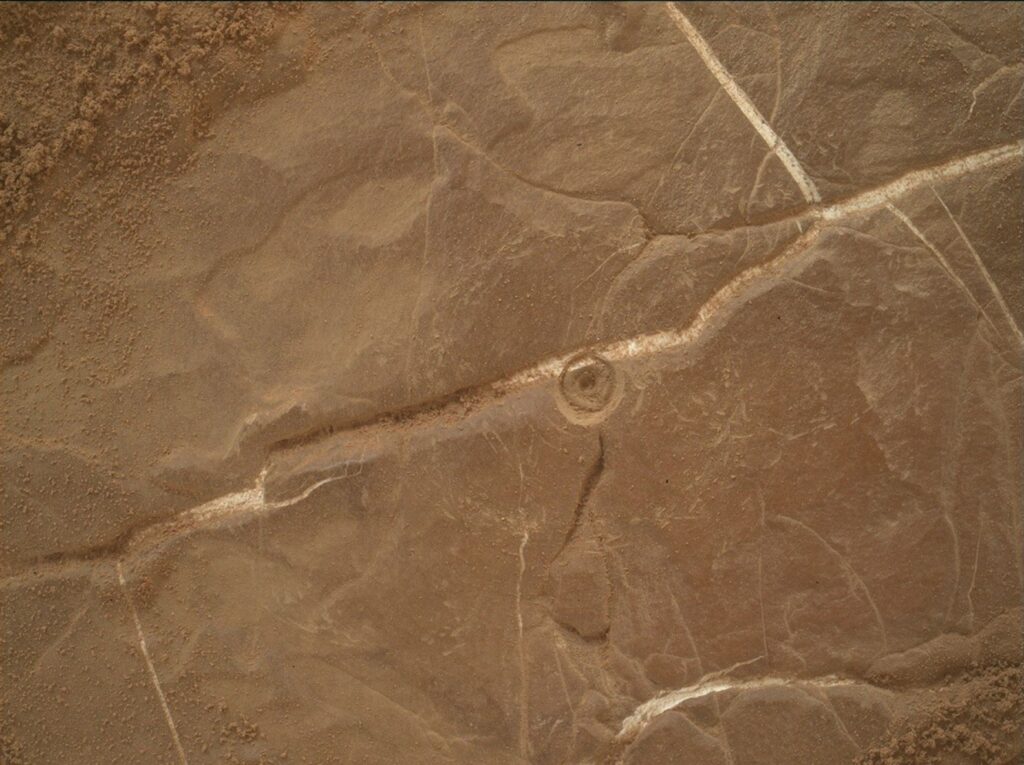SpaceX is already gearing up for the next flight of its Starship megarocket, just a week and a half after the most recent one left the ground.
The company performed a long-duration “static fire” test with Super Heavy, Starship‘s huge first-stage booster, at its Starbase site in South Texas on Friday (June 6).
All 33 of Super Heavy’s Raptor engines lit up during the trial, SpaceX said in a Friday X post that shared a photo and two short videos of the action.

The test was part of the preparations for Starship’s next launch, according to the X post. That flight will be the 10th to date of a fully stacked Starship — a Super Heavy topped with an upper stage known as Starship, or Ship for short.
Starship Flight 9 lifted off from Starbase just last week, on May 27. It was a landmark launch — the first ever that featured a used Super Heavy. That booster first flew on Flight 7 in January; on that mission, it came back to Starbase for a dramatic catch by the launch tower’s “chopstick” arms.
There was no such attempt on Flight 9; SpaceX performed a variety of experiments with Super Heavy on May 27 and decided to bring it down for a hard splashdown in the Gulf of Mexico for safety’s sake.
The booster didn’t quite make it, however, breaking apart about 6.5 minutes after launch, just after beginning its landing burn.
Related stories:
Ship didn’t stay together on Flight 9, either. The upper stage reached space on a suborbital trajectory but began tumbling about 30 minutes after liftoff.
As a result, the vehicle couldn’t come in for a soft splashdown off the coast of Western Australia as planned. SpaceX lost contact with Ship about 46 minutes into flight; its pieces likely now rest on the Indian Ocean seafloor.
The U.S. Federal Aviation Administration is requiring an investigation into what happened on Flight 9. Flight 10 cannot lift off until that inquiry is concluded to the agency’s satisfaction.



